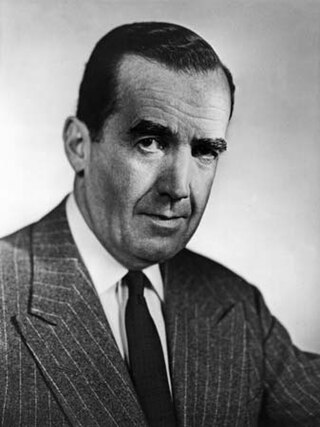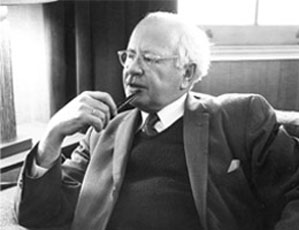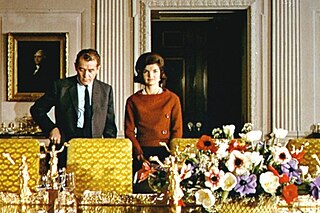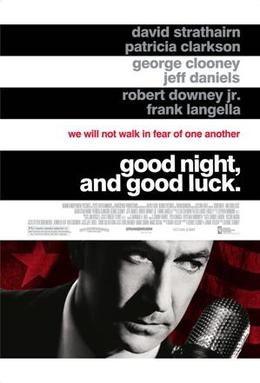Related Research Articles

Edward Roscoe Murrow was an American broadcast journalist and war correspondent. He first gained prominence during World War II with a series of live radio broadcasts from Europe for the news division of CBS. During the war he recruited and worked closely with a team of war correspondents who came to be known as the Murrow Boys.

Norman Lewis Corwin was an American writer, screenwriter, producer, essayist and teacher of journalism and writing. His earliest and biggest successes were in the writing and directing of radio drama during the 1930s and 1940s.

This American Life (TAL) is a weekly hour-long American radio program produced in collaboration with Chicago Public Media and hosted by Ira Glass. It is broadcast on numerous public radio stations in the United States and internationally, and is also available as a free weekly podcast. Primarily a journalistic non-fiction program, it has also featured essays, memoirs, field recordings, short fiction, and found footage. The first episode aired on November 17, 1995, under the show's original title, Your Radio Playhouse. The series was distributed by Public Radio International until June 2014, when the program became self-distributed with Public Radio Exchange delivering new episodes to public radio stations.
See It Now is an American newsmagazine and documentary series broadcast by CBS from 1951 to 1958. It was created by Edward R. Murrow and Fred W. Friendly, with Murrow as the host of the show. From 1952 to 1957, See It Now won four Emmy Awards, and was nominated three other times. It also won a 1952 Peabody Award.

WNYC is an audio service brand, under the control of New York Public Radio, a non-profit organization. Radio and other audio programming is primarily provided by a pair of nonprofit, noncommercial, public radio stations: WNYC (AM) and WNYC-FM, located in New York City. Both stations are members of NPR and carry local and national news/talk programs.

Robert Alan Edwards was an American broadcast journalist who was a Peabody Award-winning member of the National Radio Hall of Fame. He hosted both of National Public Radio's flagship news programs, the afternoon All Things Considered, and Morning Edition, where he was the first and longest serving host in the latter program's history. Starting in 2004, Edwards hosted The Bob Edwards Show on Sirius XM Radio and Bob Edwards Weekend distributed by Public Radio International to more than 150 public radio stations. Those programs ended in September 2015.

Arnold Eric Sevareid was an American author and CBS news journalist from 1939 to 1977. He was one of a group of elite war correspondents who were hired by CBS newsman Edward R. Murrow and nicknamed "Murrow's Boys." Sevareid was the first to report the Fall of Paris in 1940, when the city was captured by German forces during World War II.

William Lawrence Shirer was an American journalist, war correspondent, and historian. His The Rise and Fall of the Third Reich, a history of Nazi Germany, has been read by many and cited in scholarly works for more than 60 years; its fiftieth anniversary was marked by a new edition of the book.

Charles Collingwood was an American journalist and war correspondent. He was an early member of Edward R. Murrow's group of foreign correspondents that was known as the "Murrow Boys". During World War II, he covered Europe and North Africa for CBS News. Collingwood was also among the early ranks of television journalists who included Walter Cronkite, Eric Sevareid, and Murrow himself.

Fred W. Friendly was a president of CBS News and the creator, along with Edward R. Murrow, of the documentary television program See It Now. He originated the concept of public-access television cable TV channels.
Columbia Masterworks was a record label started in 1924 by Columbia Records. In 1980, it was separated from the Columbia label and renamed CBS Masterworks. In 1990, it was revived as Sony Classical after its sale to the Sony Corporation.

Robert Trout was an American broadcast news reporter who worked on radio before and during World War II for CBS News. He was regarded by some as the "Iron Man of Radio" for his ability to ad lib while on the air, as well as for his stamina, composure, and elocution.

Donald Shepard Hewitt was an American television news producer and executive, best known for creating the CBS television news magazine 60 Minutes in 1968, which at the time of his death was the longest-running prime-time broadcast on American television. Under Hewitt's leadership, 60 Minutes was the only news program ever rated as the nation's top-ranked television program, an achievement it accomplished five times. Hewitt produced the first televised presidential debate in 1960.

Good Night, and Good Luck is a 2005 historical drama film about American television news directed by George Clooney, with the movie starring David Strathairn, Patricia Clarkson, Jeff Daniels, Robert Downey Jr., and Frank Langella as well as Clooney himself. The film was co-written by Clooney and Grant Heslov, and it portrays the conflict between veteran journalist Edward R. Murrow (Strathairn) and U.S. Senator Joseph McCarthy of Wisconsin, especially relating to the anti-communist Senator's actions with the Senate Permanent Subcommittee on Investigations.

Joseph Wershba was a professional journalist who joined the CBS News team in 1944, where he served as a writer, editor and correspondent. He was one of the six original producers of CBS's 60 Minutes from 1968 to 1988.

The Murrow Boys, or Murrow's Boys, were the CBS radio broadcast journalists most closely associated with Edward R. Murrow during his time at the network, most notably in the years before and during World War II.

Jay Allison is an American public radio producer and broadcast journalist. He's executive director of Atlantic Public Media (APM). Through APM, he created platforms for independent audio producers, including Public Radio Exchange (PRX) and the educational website Transom.org. Through APM, he also founded the public radio stations WNAN and WCAI, serving the Cape Cod region of Massachusetts.
Laurence Edward LeSueur was an American journalist and a war correspondent during World War II. He worked closely with Edward R. Murrow and was one of the original Murrow Boys.

John Ferrugia is an investigative reporter who is currently working as a journalist/trainer for the non-profit Colorado News Collaborative (COLab). He is the former News Anchor and Managing Editor for Rocky Mountain PBS in Denver, Colorado. From 1992 through February 2016, he worked as an investigative reporter at KMGH-TV. He is a former CBS News correspondent. In the 1980s, he covered the White House, foreign and domestic assignments, and was a principal correspondent for the news magazine West 57th.

Reveal is a nationally broadcast public radio show and investigative reporting podcast hosted by Al Letson. The radio program is released on Saturdays on radio stations in the Public Radio Exchange network and the show is also available in podcast form. It is part of a growing trend of investigative reporting being disseminated through audio. Its first weekly season was ranked among the top 50 podcasts by The Atlantic.
References
- 1 2 3 4 Engelman, Ralph (2011). Friendlyvision: Fred Friendly and the Rise and Fall of Television Journalism. Columbia University Press. pp. 73–75. ISBN 9780231136914 . Retrieved 7 April 2018.
- ↑ http://www.radioechoes.com/?page=series&genre=OTR-Historical&series=Hear%20It%20Now [ bare URL ]
- 1 2 Sterling, Christopher H. (2013). Biographical Dictionary of Radio. Routledge. p. 148. ISBN 978-1136993763 . Retrieved 7 April 2018.
- ↑ Sterling, Christopher H.; O'Dell, Cary (2010). The Concise Encyclopedia of American Radio. Routledge. pp. 344–345. ISBN 9781135176846 . Retrieved 7 April 2018.
- ↑ "I Can Hear It Now. (1933-1945)" (PDF). Audio Engineering. 33 (2): 42. February 1949. Retrieved 7 April 2018.
- ↑ "Hear It Now (CBS)". Peabody: Stories That Matter. Archived from the original on 7 April 2018. Retrieved 7 April 2018.
- "Radio: Hear It Now". Time . December 25, 1950.